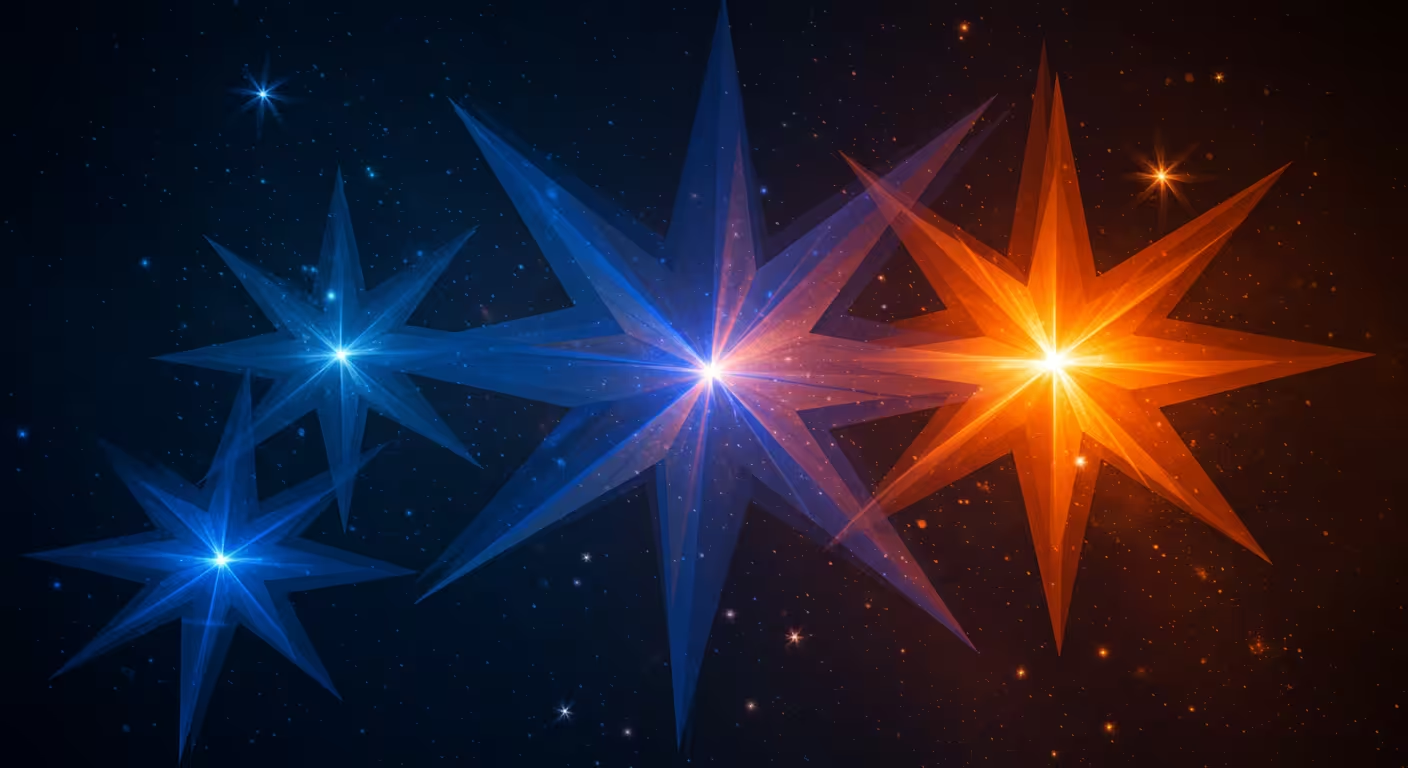- Sections
- Ruby
- Web Development
- Artificial Intelligence
- Urban Planning
- Astronomy
- Issue Navigation
- Previous Issue
- Next Issue
Wednesday, May 07, 2025
The Digital Press
All the Bits Fit to Print
Wednesday, May 07, 2025
All the Bits Fit to Print
Evolution and spectral impact of very massive stars at low metallicity

Very massive stars (VMS) at low metallicity have distinct evolutionary paths and spectral signatures that influence the light from starburst regions. Their behavior depends heavily on how their mass loss rates are modeled with respect to metallicity.
Why it matters: Understanding VMS evolution helps interpret starburst spectra and the ionizing radiation they emit in low-metal environments.
The big picture: VMS with metallicity-independent mass loss stay hot; reduced mass loss at low Z causes them to cool and redden.
Stunning stat: HeII 1640 emission appears in integrated spectra down to 0.1 Zsun across various star formation histories.
The stakes: Incorrect mass loss assumptions affect predictions of ionizing photons and nebular emission lines, impacting starburst modeling accuracy.